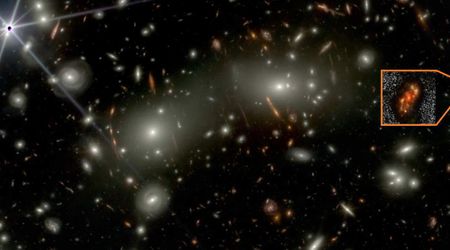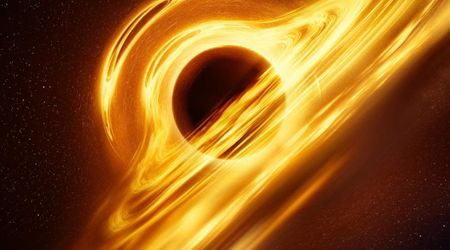NASA and French satellite capture massive river waves in groundbreaking discovery

For the first time, scientists from NASA and Virginia Tech utilized satellite data to gauge the height and speed of potentially dangerous flood waves in US rivers. They successfully tracked three such waves, likely resulting from extreme rainfall and a dislodged ice jam, per NASA.

While a comprehensive database of satellite data on river flood waves doesn't yet exist, this new research highlights the immense potential of space-based observations to aid hydrologists and engineers, especially those in communities along river systems, with limited flood control infrastructure like levees and floodgates. Unlike typical ocean waves, which are driven by wind and tides and maintain a consistent pace, river waves (also known as flood or flow waves) are transient surges that can span tens to hundreds of miles. Usually triggered by rainfall or seasonal snowmelt, these waves play a vital role in transporting nutrients and organisms downstream. However, they can also pose significant risks, as "extreme river waves triggered by a prolonged downpour or dam break can produce floods."
Cedric David, a hydrologist at NASA’s Jet Propulsion Laboratory in Southern California, and a coauthor of a new study, published May 14 in Geophysical Research Letters, said, “Ocean waves are well known from surfing and sailing, but rivers are the arteries of the planet. We want to understand their dynamics.” For her doctoral research, lead author Hana Thurman of Virginia Tech utilized data from the SWOT (Surface Water and Ocean Topography) satellite, launched in 2022, to identify river waves. This satellite, a joint effort by NASA and the French space agency CNES (Centre National d’Études Spatiales), meticulously surveys the height of nearly all surface water on Earth, both fresh and saltwater, using its highly sensitive Ka-band Radar Interferometer (KaRIn). The KaRIn instrument functions by bouncing microwaves off water surfaces and measuring the return time, thereby mapping the elevation and width of water bodies.

Nadya Vinogradova Shiffer, a SWOT program scientist at NASA Headquarters in Washington, explained that beyond simply "monitoring total storage of waters in lakes and rivers, we zoom in on dynamics and impacts of water movement and change.” Thurman was aware that SWOT had already assisted scientists in tracking rising sea levels along the coast, identifying tsunami slosh, and even mapping the seafloor, but her key question was whether it could also pinpoint river height irregularities that signal a moving wave, as mentioned on NASA's official website.

Thurman's research revealed that the mission successfully captured three distinct instances of river waves. One notable example arose abruptly on the Yellowstone River in Montana in April 2023. When the satellite flew overhead, it observed a wave with a 9.1-foot-tall crest flowing toward the Missouri River in North Dakota, characterized by a dramatic 6.8-mile-long peak followed by a more drawn‐out tail. Thurman was impressed, noting that these "details are exciting to see from orbit and illustrate the KaRIn instrument’s uniquely high spatial resolution." Thurman added, “We’re learning more about the shape and speed of flow waves, and how they change along long stretches of river.” Furthermore, Thurman shared, “That could help us answer questions like, how fast could a flood get here, and is infrastructure at risk?”









